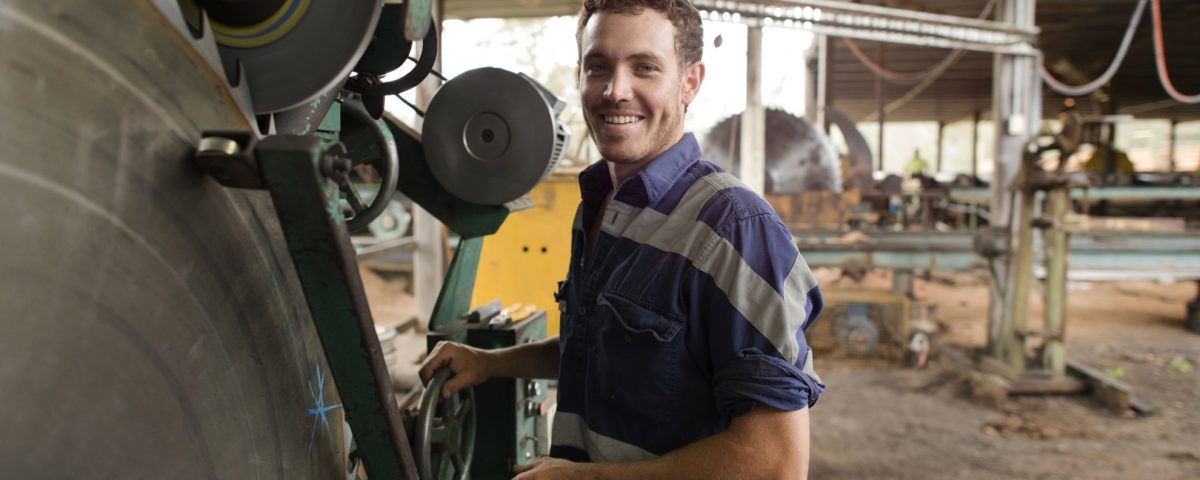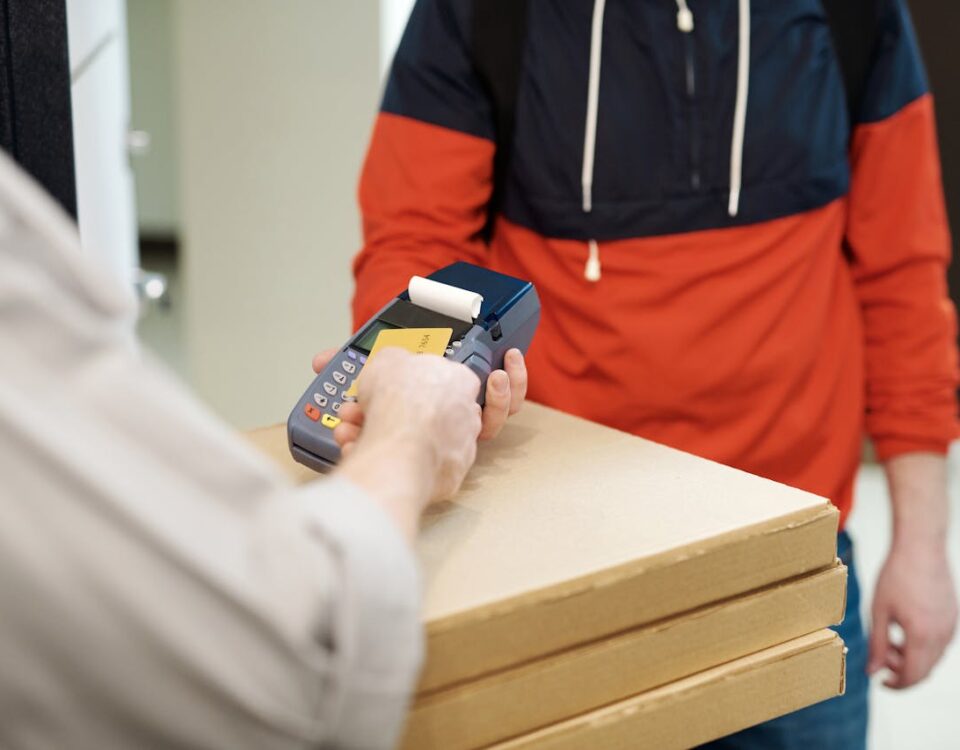- ENQUIRE ONLINE OR CALL US
- 1300 840 364

The Advantages of Debt over Equity Finance
June 8, 2022
Case Study: Accounting Firm
July 3, 2022Your EOFY guide to temporary full expensing
Does temporary full expensing apply to your business this EOFY?
With EOFY on the horizon and the temporary full expensing scheme extended to the end of the 2022-23 financial year, now is a good time to understand what the scheme might mean for your business.
At a glance:
- On 11 May 2021, as part of the Federal Budget 2021-22, the Government announced an extension of the temporary full expensing scheme by one year to 30 June 2023.
- Temporary full expensing allows businesses to deduct the full cost of eligible capital assets.
- You may be able to claim the cost of eligible second-hand assets if your turnover is less than $50 million.
- Looking to buy an asset for the sole purpose of obtaining a tax benefit? The expert advice is to do so only if you already had plans to make the purchase.
Temporary full expensing was originally introduced by the Federal Government in 2020 to boost post-pandemic business recovery. As EOFY approaches, here’s a rundown of what it is and who’s eligible to claim, along with some handy tips from Jacquii Reeves, head of tax at businessDEPOT.
What is temporary full expensing?
The temporary full expensing scheme allows businesses to claim a tax deduction on the cost of eligible business assets.
Businesses with turnover of less than $5 billion might be eligible for temporary full expensing on assets purchased between 6 October 2020 and 30 June 2023. Businesses with turnover of more than $5 billion could still be eligible, but need to take an alternative income test.
“There’s a full write-off on pretty much all eligible new assets,” Jacquii told us last year, before the extension of the scheme.
“If your business turnover is less than $50 million, there is the added advantage that temporary full expensing is available for eligible second-hand assets and may apply to certain pre-existing commitments.”
You must make a claim in the year the asset is first used, or installed, ready for use for a taxable purpose. Businesses are also able to claim the cost of improvements to assets incurred between 6 October 2020 and 30 June 2023, which applies to both eligible new assets and existing assets. Keep in mind, though, that under the scheme you cannot claim the acquisition cost of existing assets – that is, assets you held prior to 6 October 2020.
So if you purchase a new vehicle for your florist business, for example, or make improvements to the cement mixer you use for your landscaping business, you might be eligible for an immediate and full tax deduction – but not if either expense was incurred prior to 6 October 2020.
Certain assets aren’t eligible for temporary full expensing. These include certain primary production assets such as fencing, horticultural plants or water facilities that are also depreciating assets; assets that aren’t located in Australia or used principally in Australia for business purposes; and assets allocated to a low-value pool or a software development pool.
You can also choose to opt out of temporary full expensing to claim a deduction using other depreciation rules, such as general depreciation, at a later date. This is a reminder for business owners to consider the potential future use of assets as well as their immediate plans. If you do decide to opt out, you must inform the Australian Tax Office (ATO) in your tax return.
Which assets are eligible for temporary full expensing?
Here’s a simple rundown of which assets may be eligible for temporary full expensing, depending on your business’s turnover.
| Turnover less than $50 million | Turnover between $50 million and $5 billion | |
|---|---|---|
| New assets | Eligible | Eligible |
| Second-hand assets | Eligible | Ineligible |
| Improvements to assets | Eligible | Eligible |
| Assets purchased or improvements made prior to 6 October 2020, or after 30 June 2023 (at time of writing) | Ineligible (with exceptions) | Ineligible |
| Primary production assets | Ineligible | Ineligible |
| Assets not used or located in Australia | Ineligible | Ineligible |
Should my business do some EOFY spending?
It’s a good idea to base this decision on your business’s financial position and the projected return on investment.
“It is never good business sense to buy assets for the sole purpose of obtaining a tax benefit,” Jacquii told us last year. However, she also suggested that taking advantage of concessional tax treatment is a good way to execute existing plans for expansion or asset purchases, as long as eligible assets are purchased in the relevant periods and installed ready for use by the deadline – now extended to 30 June 2023.
If your company is in tax losses or if you’re an entity joining a tax consolidated group – a start-up looking to get bought out by a bigger player, for example – Jacquii warned there could be adverse tax implications associated with temporary full expensing and it’s worth getting tailored advice from a tax expert.
Here are Jacquii’s top tips for maximising your business tax deduction under the scheme:
- Make sure the asset is purchased and installed, ready for use during the relevant dates.
- Make sure the asset has a business purpose – don’t rush out to buy a brand-new luxury car if it doesn’t make business sense.
- Remember, it must be a new asset unless your turnover is less than $50 million.
Tax law is subject to change, and the above dates are correct at the time of writing. For the latest information on eligible businesses, assets and inclusions, go to the ATO’s website.
Why Xpress Business Loans?
We understand business owners are passionate about their business which is why we look beyond just ticking boxes. All our lender partners have an open-minded approach to credit and when assessing applications look for ways to approve deals, not decline them.
For more details and to apply click here




